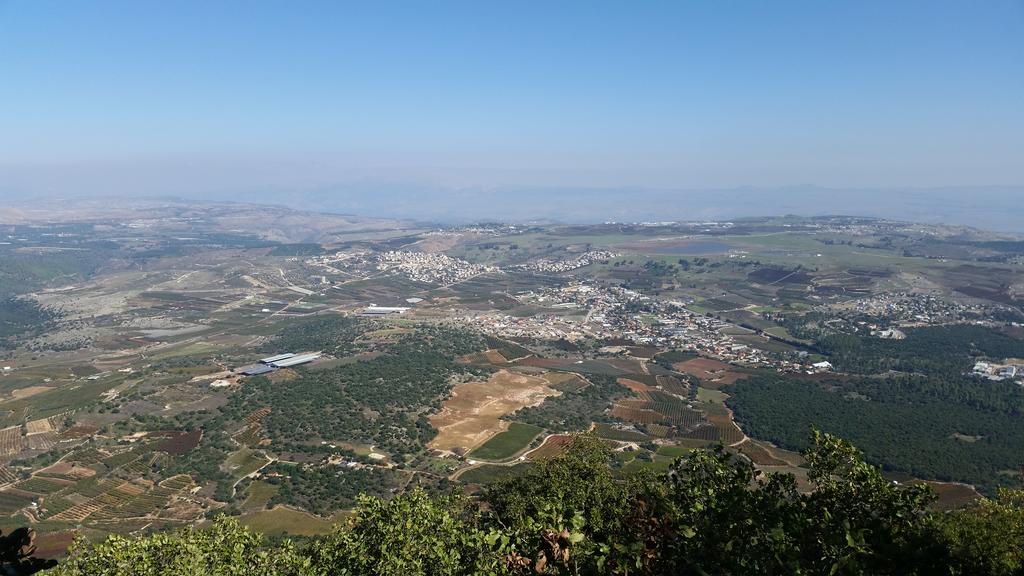Jerusalem, 13 July, 2022 (TPS) — Northern Israel was shaken by a mild earthquake on Wednesday, the latest of a series of tremors in the country in recent months.
The earthquake occurred at 11:43 a.m. at a 3.12 magnitude, 9 km northwest of the town of Hatzor HaGlilit.
Israel has experienced several similar earthquakes in recent months, as did several other areas on the Mediterranean Sea, and experts warn that this appears to be a prelude to a powerful and destructive event.
Israel experiences minor earthquakes from time to time. It is situated on the East African Rift, which runs through the Jordan Valley, on the border with Jordan, an area prone to earthquakes.
The last major earthquake to hit the region occurred in 1927 — a 6.2-magnitude tremor that killed 500 people and injured another 700.
Experts on the issue say that Israel experiences a devastating earthquake every 100 years and have warned that such a disastrous occurrence is just a question of time.
Wednesday’s earthquake occurred near the city of Tzfat, which was devastated in an 1837 earthquake that caused a landslide that killed thousands of residents and destroyed most of the city.
Shuki Ohana, the Mayor of the city of Tzfat in the north, warned in January that the earthquakes are “another reminder of the great danger knocking on our door. Everyone is talking about security challenges and the home front issue in the third Lebanon war, but the north has a bigger challenge, a challenge that could leave more destruction and devastation than any other war – a powerful earthquake.”
“Unfortunately, building reinforcement projects have so far focused on areas far from the Syrian-African rift, but the great danger is in the Galilee region both in terms of proximity to the Syrian-African rift and in terms of the mountainous nature of the area and proliferation of old buildings.
